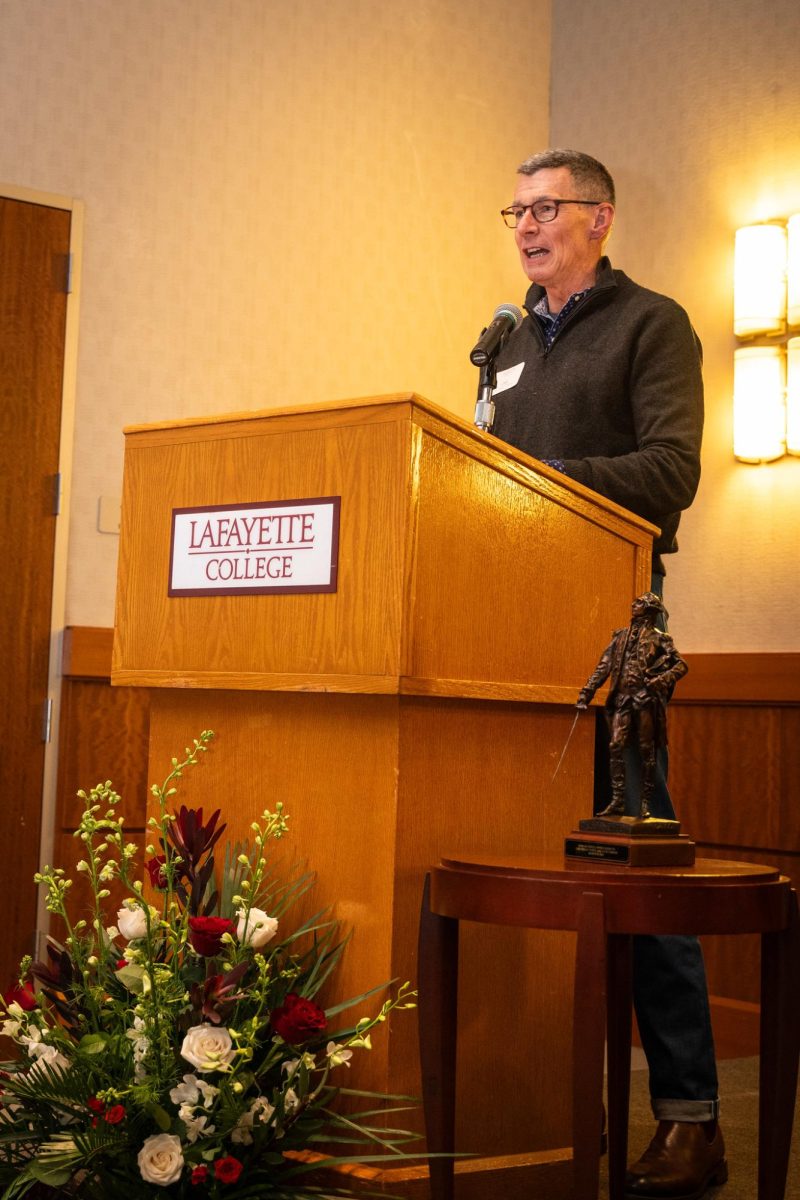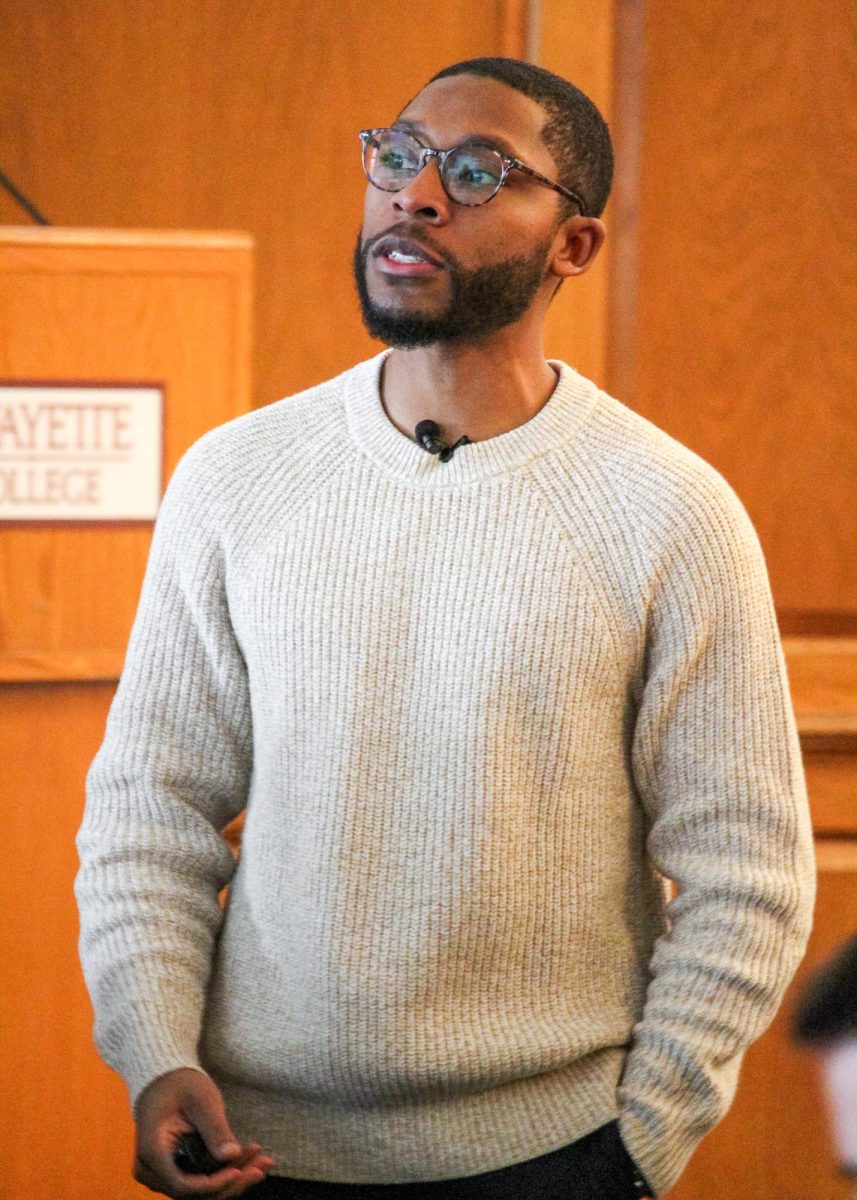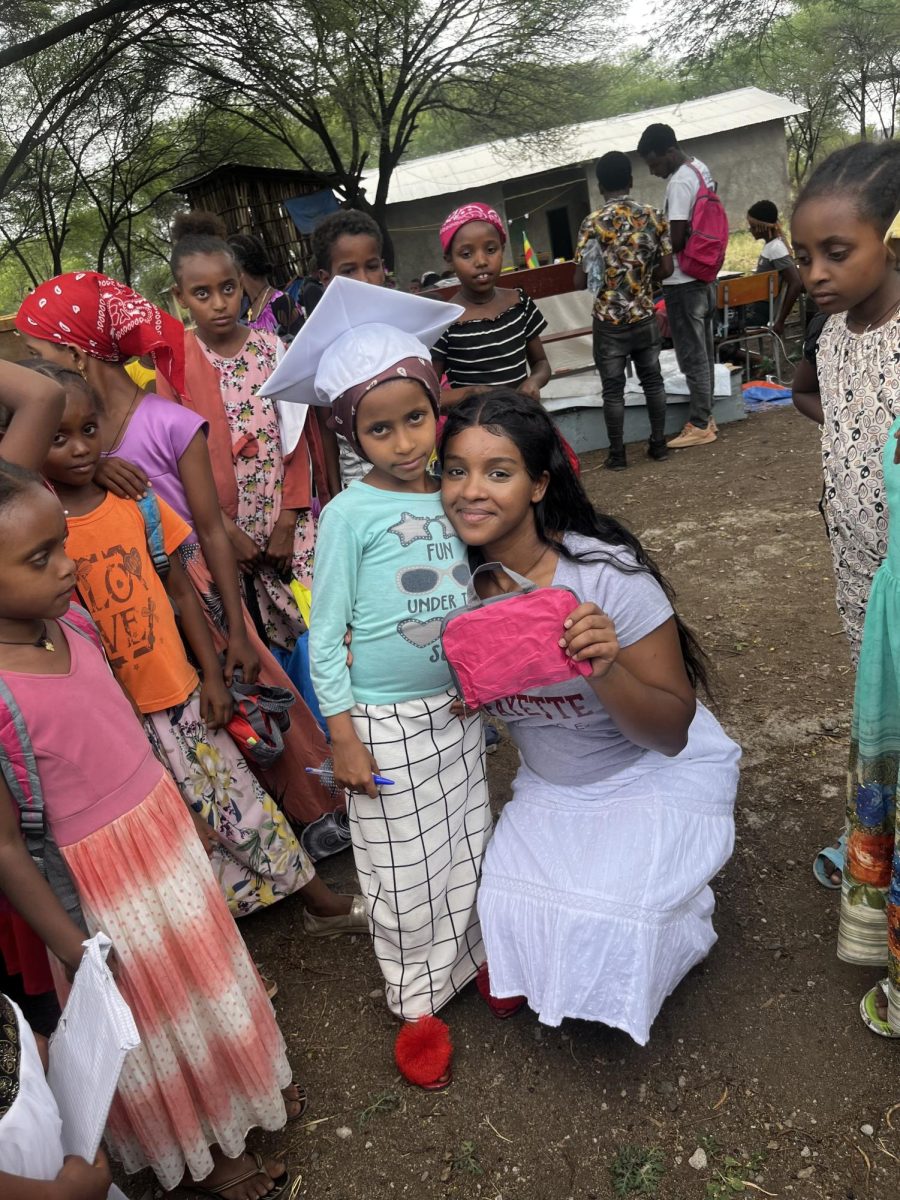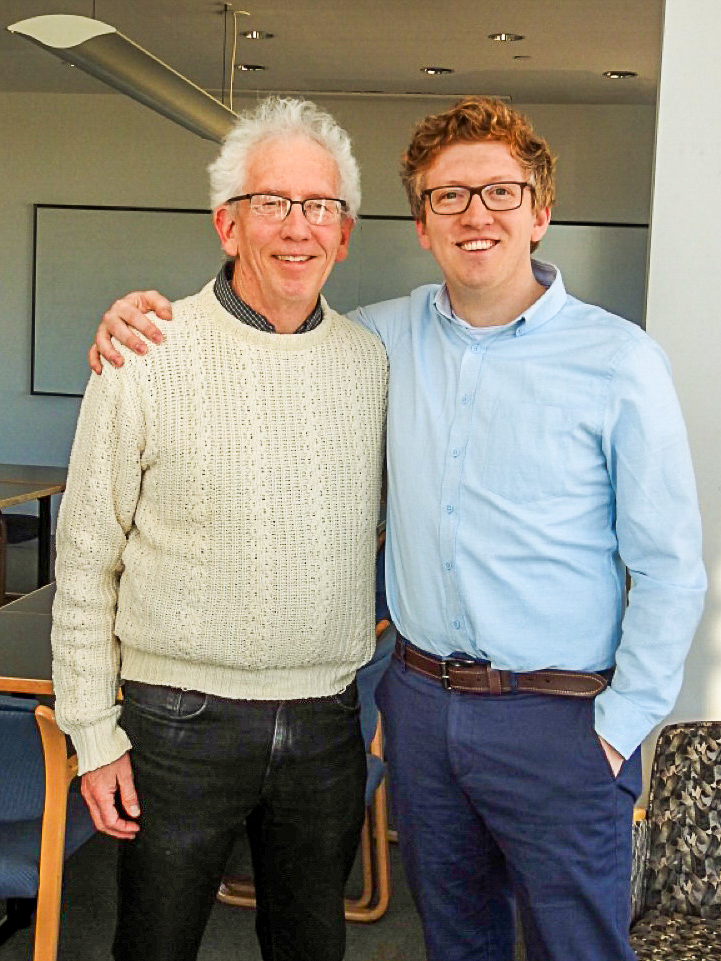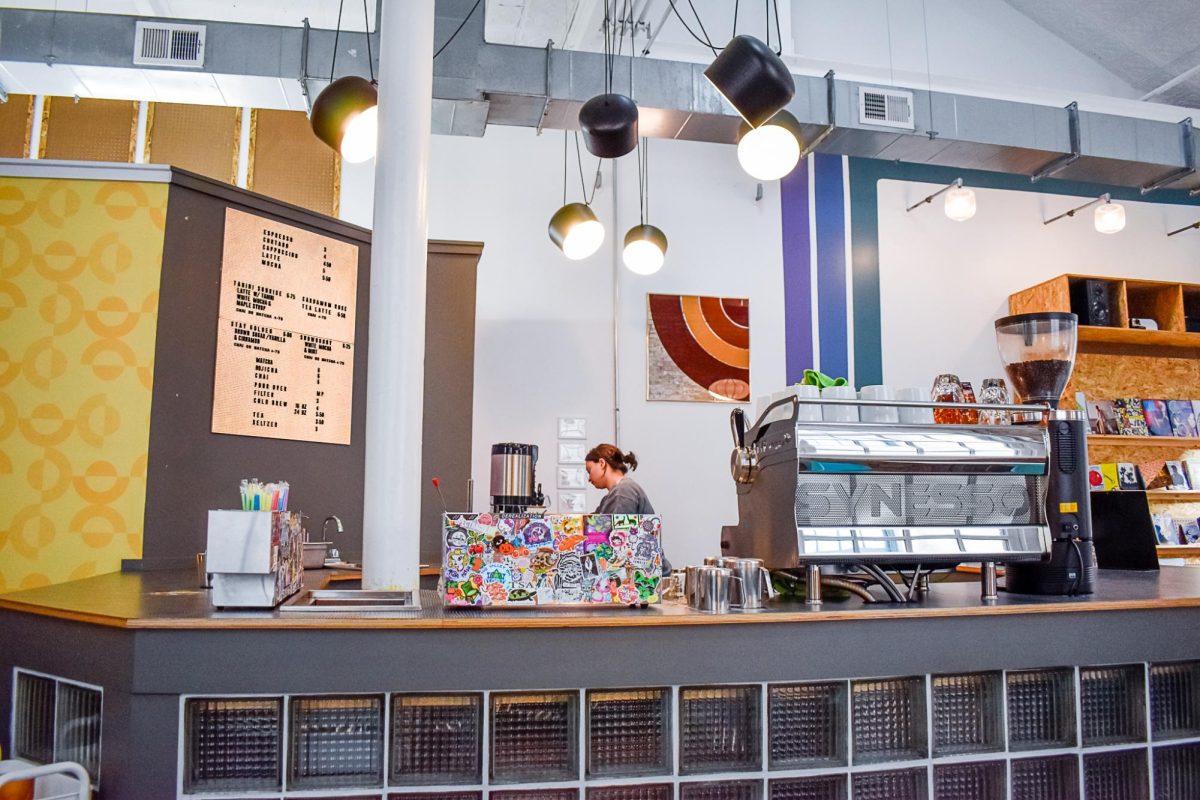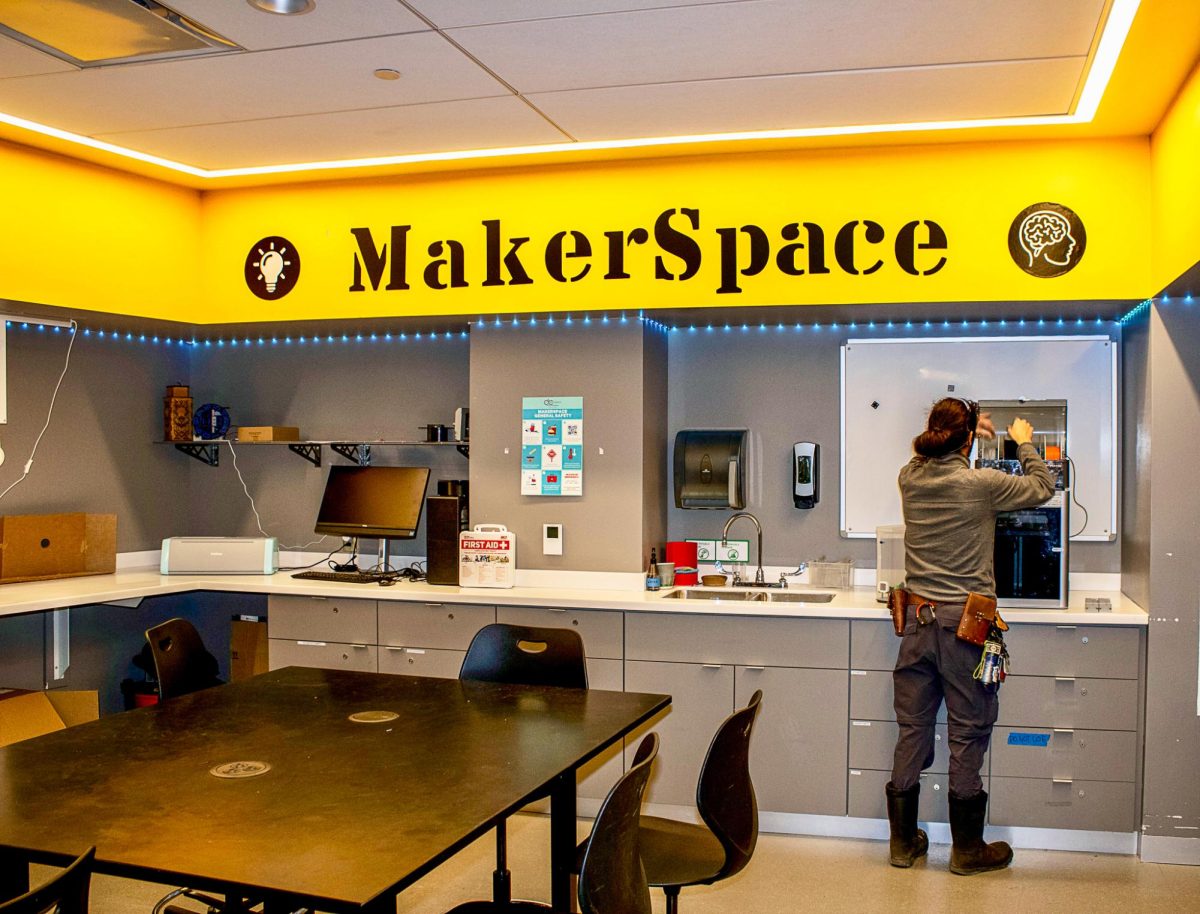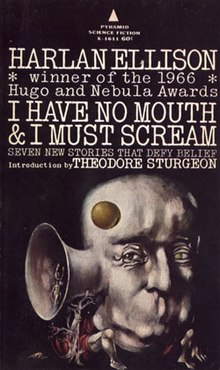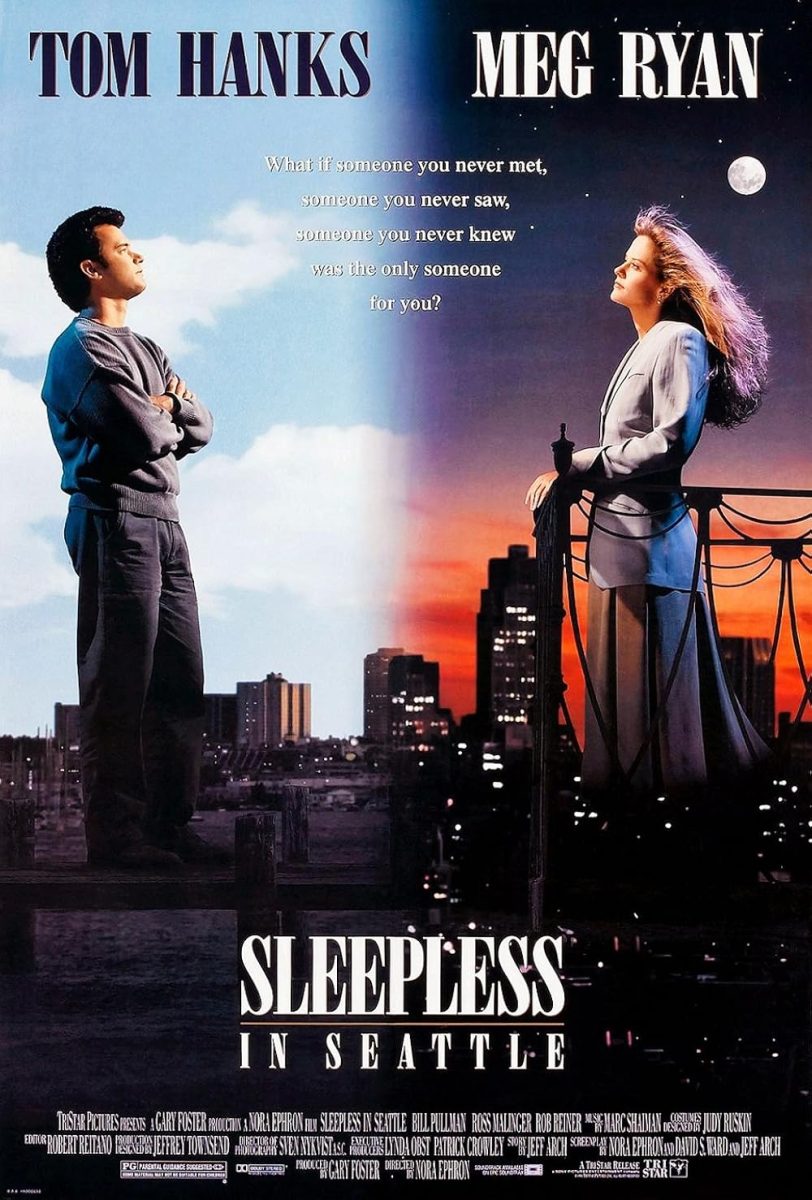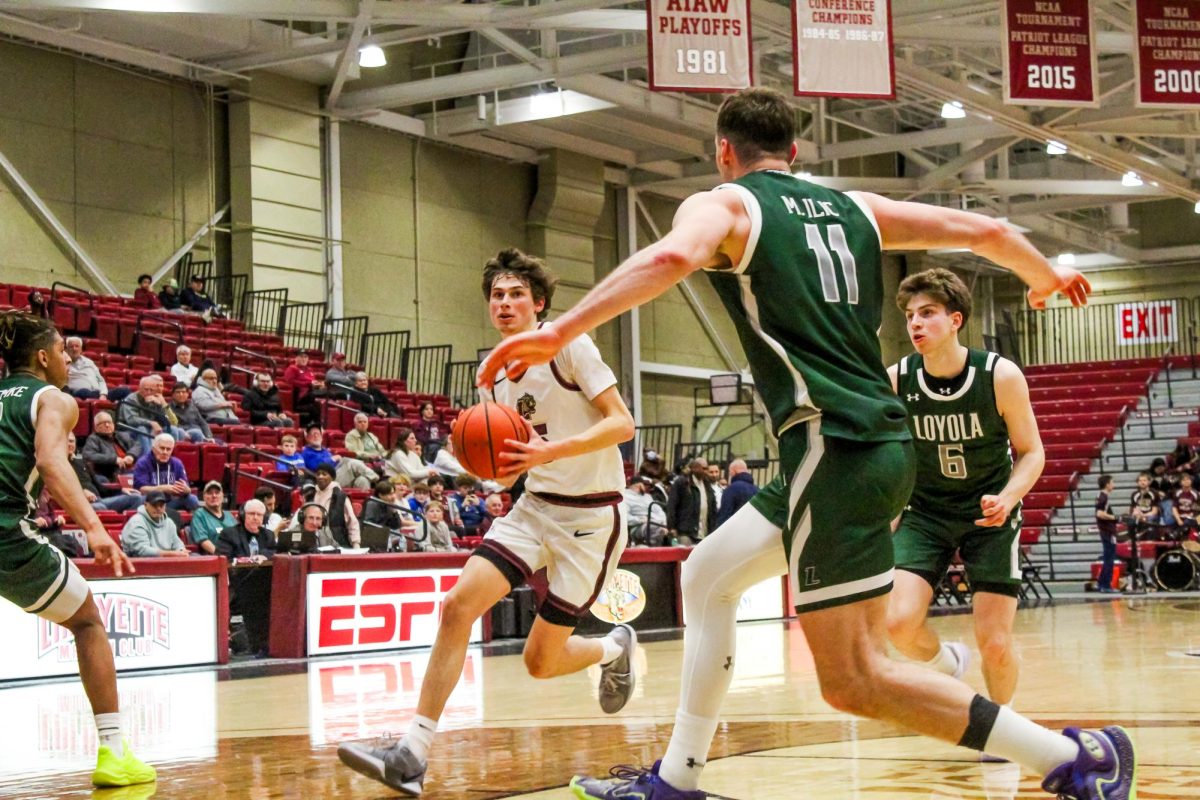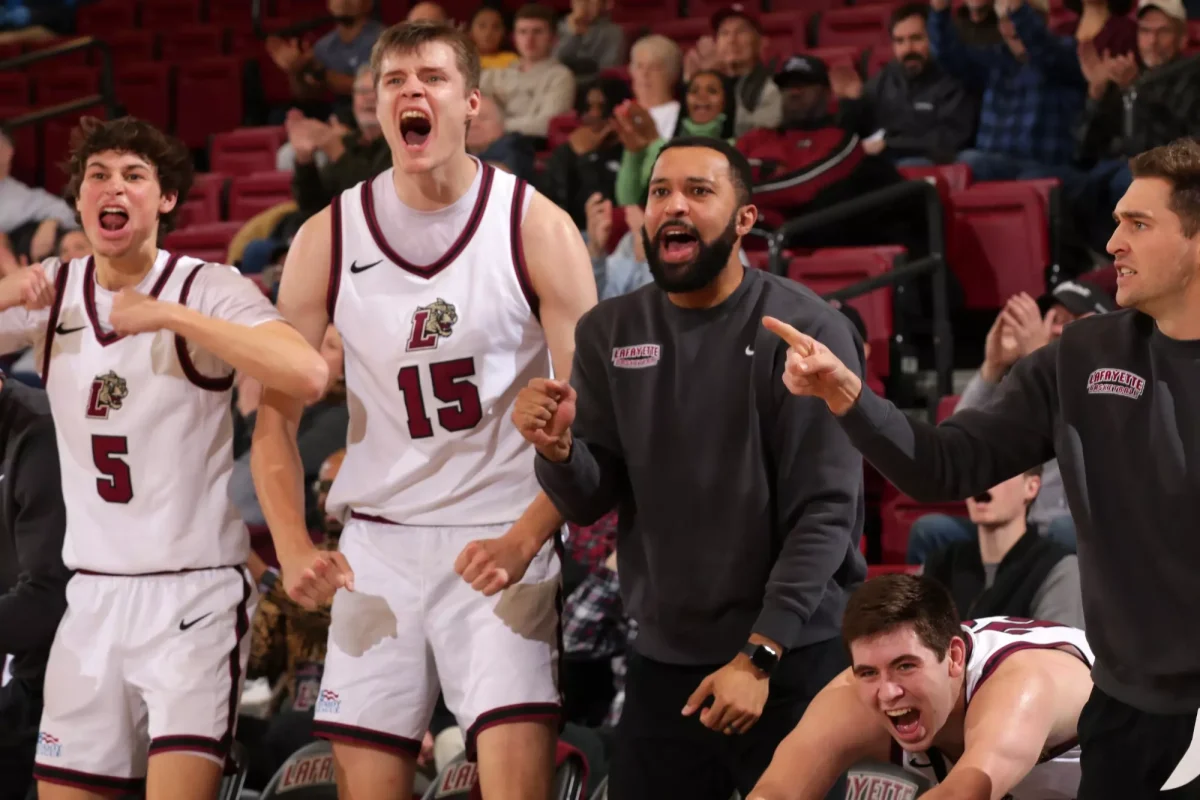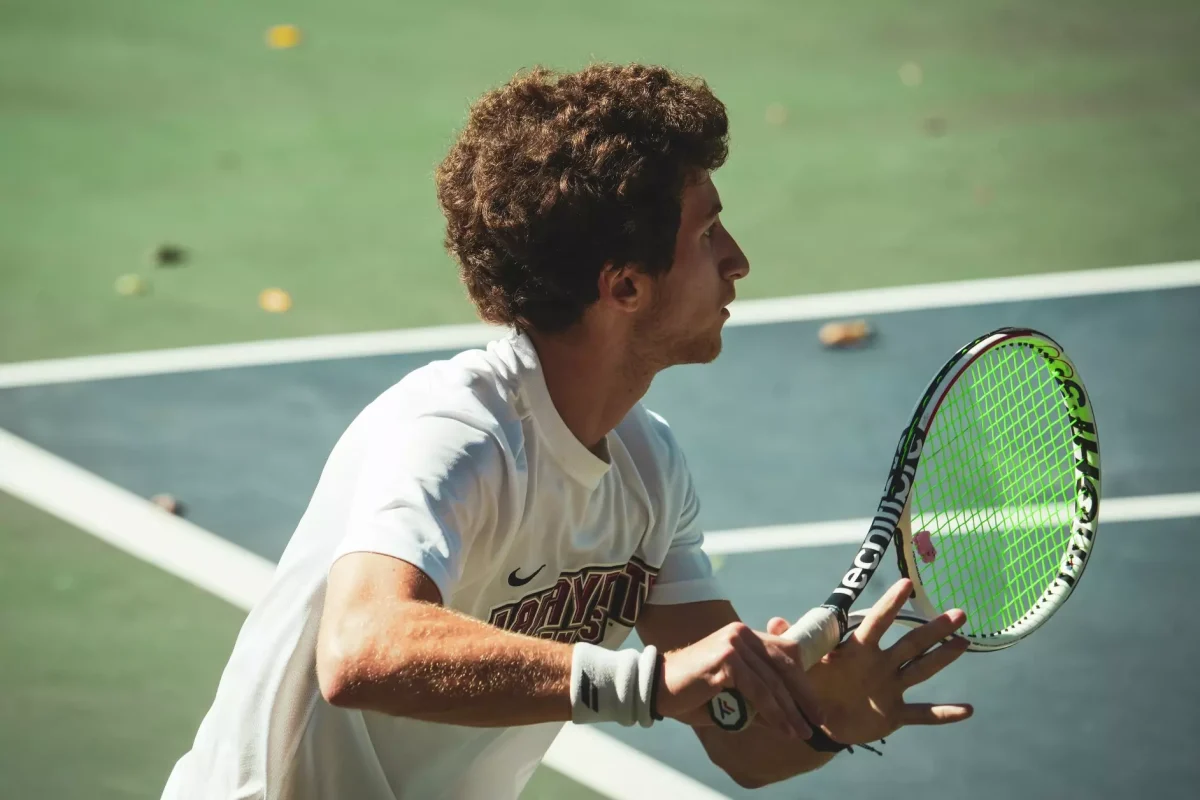As the sun started to set over the quad Tuesday, where people were enjoying outdoor conversations and activities, the breezes picked up and the temperature dropped. The sense of community remained, however, on Anderson Courtyard. Students from a Lafayette art course, “Materials and Methods,” gathered together with a small audience to present the projects they had worked on throughout the semester.
Nestled in the far corner of Watson Hall, a projector screen and a single microphone were the only necessary props for the evening’s gathering. People dragged Adirondack chairs to the speakers, where others sat in fold-ups or in huddles. The event, entitled PechaKucha Night, earned its name from the practice of pecha kucha, which is a presentation style in which 20 slides are shown for 20 seconds each. Each student prepared a PowerPoint presentation to accompany his or her words.
Nestor Gil, the course’s professor, began the program with an introduction to the student’s pieces. He described his intended purpose of this class as being able to understand the art process as “the blurry,” Gil said.
For the students three assignments of the semester, they had to make art in three forms: the performance, the book, and the body.
Haley Langton ‘15 used old sneakers to create a sculpture that depicted the exhaustion that running causes your body. She put the shoes together in a pattern that is repetitive just like running can be in her life sometimes.
“Nestor always has the best advice to help you bring your project together,” Langton said. “He is a creative thinker, and he has a constant desire to bring out the best work from his students by helping form ideas and pushing us to take it a step further.”
For the project’s performance aspect, Zach Schnitzer ‘14 carried a keg around campus in places where it clearly stood out. The point was for people to notice something unique and appreciate it as art.
“Materials and Methods broadened my ideas of how art making takes place, from conducting research to developing concepts and executing them in a creative way,” Alena Principato ‘15 said.
After watching their peers struggle through the creative processes, it was very inspirational and satisfying to see them give their final presentation projects to the audience. The course formed a community of people who appreciated unique art, and the unique artists who created it.





















